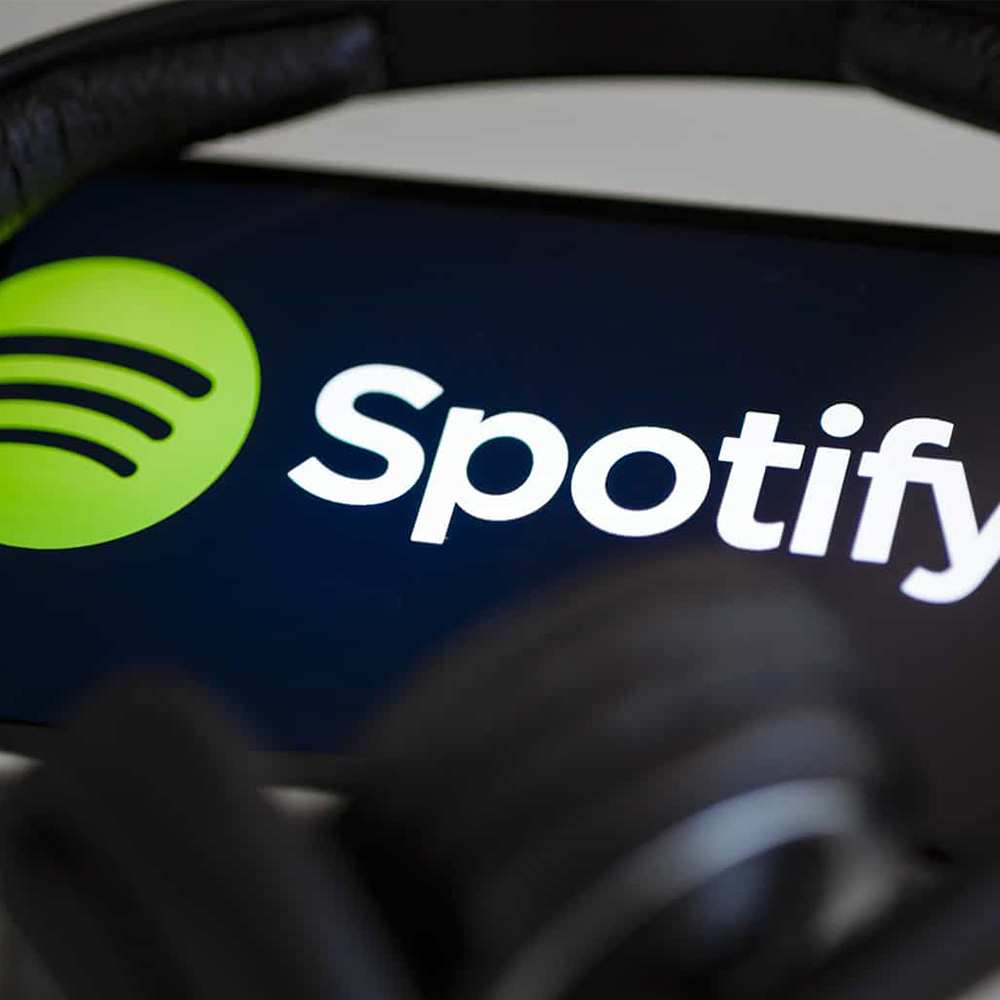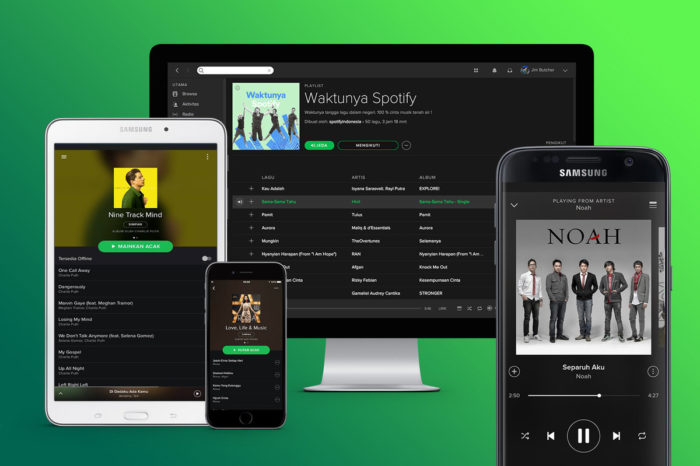

Your digital distributor, like DistroKid, will collect these royalties for you, but the amount you earn per stream varies. Traditionally, that would be the record label, but in this indie day and age, it could also be you. Mechanical royalties are paid to the owner of the master recording. Thanks to a protest album of 1,000 30-second songs by the Pocket Gods, Spotify changed this rule. And short songs were not eligible for playlists, previously.

Spotify only pay out if songs are played for longer than 30 seconds. Not without spending lots of money on promoting my music. Even with a strong marketing plan, it would take years to build up a fan base and build relationships with playlist curators. And to be honest, I probably couldn't achieve 100,000 plays on my own. All I did was check a box and they took care of the rest. Those companies put my tracks on some of their compilation albums, which then got played a bunch. They partnered with companies that are adept at promoting albums on Spotify. I uploaded my songs to AudioSparx. I then gave them permission to allow my songs to be used for external distribution. I've put together a beginners guide on How to Release an Album Online that's full of tips on making your album artwork, promoting your tracks, and getting on Spotify playlists.Īlternately, if you're licensing your music, you can also elect to opt in to external distribution compilation deals. To gain any real traction for your songs, you need to have a launch plan. The most common way to get your songs on Spotify is through online distributors like CD Baby and DistroKid (7% off your first year through my link).īut if you just upload your songs without doing any preparation, no one is going to listen to your music. But I think it's pretty realistic for what many bands would see releasing an album on Spotify. There is also a Spotify Royalty Calculator to help you estimate your potential paymentĪccording to some people I've talked to about Spotify royalties, this is very low amount.



 0 kommentar(er)
0 kommentar(er)
